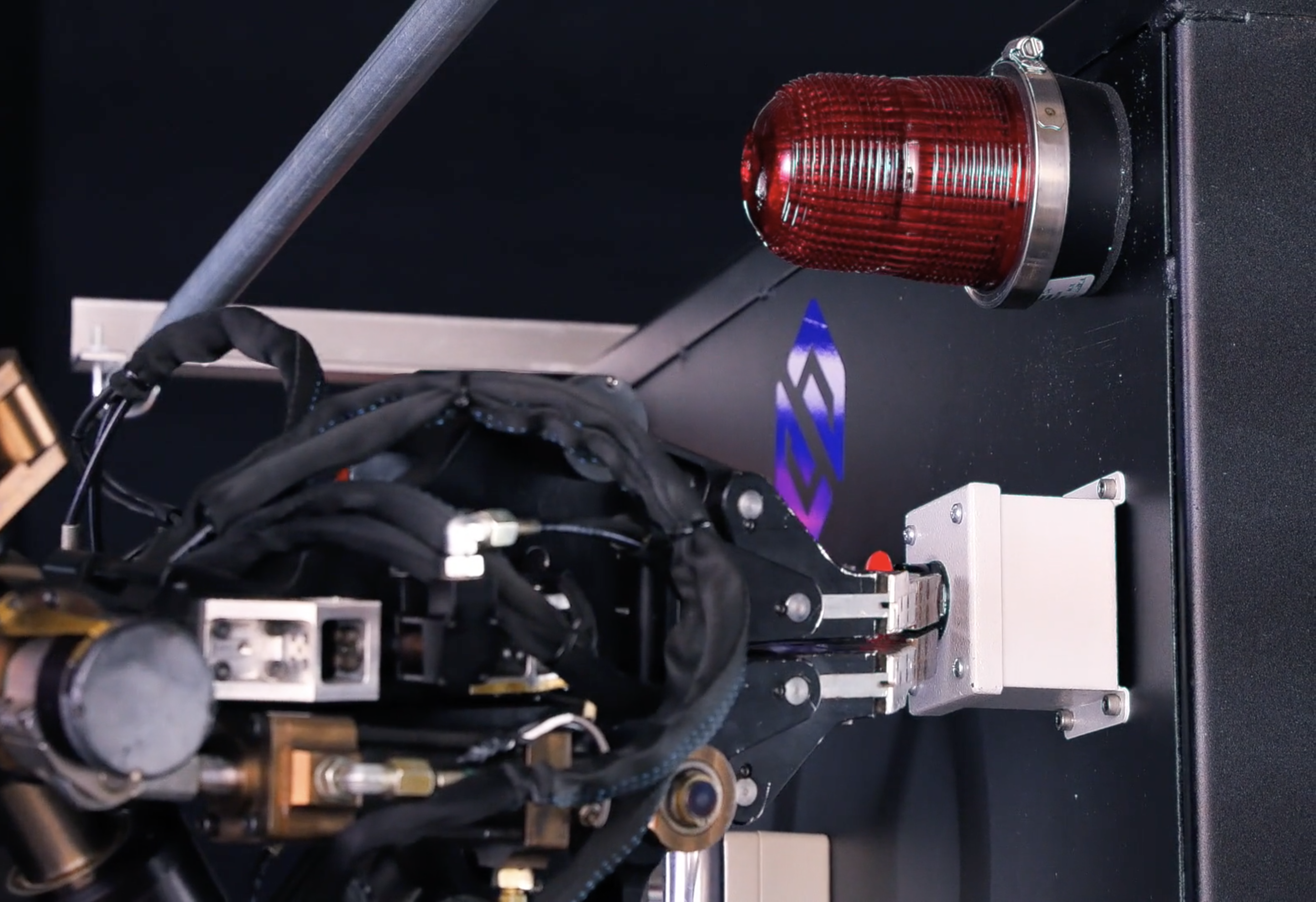The entire field of technology has changed dramatically across all sectors in the last decade. Yet, you’d be hard-pressed to find a category that has evolved as rapidly as robotics, particularly over the past 18 months. While early robotic systems could only operate in specific environments, were designed for one specific use case and lacked the intelligence and advanced technologies to truly transform industries, 2017 was the year that, according to WIRED Magazine, “robots really, truly arrived.” In the last year, advanced technologies such as computer vision, artificial intelligence, edge computing and cloud services became more mature and ubiquitous, while at the same time, the costs of components, sensors and other hardware have decreased significantly, making the development of advanced robotic systems more cost-effective and viable for broad commercial deployment.
We are committed to accelerating robotics and exoskeleton development to meet the emerging and evolving needs of industries globally.
These advanced technologies enable the robots of today to be more intuitive, responsive and interactive than what was previously possible, with sensors that can feel, hear and detect changes in the environment and systems that offer feedback based on the operator and their environment. These intelligence systems and technological capabilities allow for the creation of robotic systems that have the capacity to work in challenging environments and that can perform heavy and complex tasks remotely, ultimately providing greater efficiency while simultaneously keeping the user safe.
In 2017, Sarcos introduced the mobile Guardian GT robot, an innovation that epitomizes the industry’s advances across interactivity, dexterity, mobility and intelligence for robotics systems needed to perform more complex and difficult tasks. The Guardian GT is a first-of-its-kind large-scale industrial exoskeleton robot that incorporates a high-fidelity force reflection technology inspired by the human body. Mounted on an agile vehicle base that can be powered by batteries, diesel, or natural gas, the single or dual-armed system can lift and manipulate payloads up to 1,000 pounds, dexterously, and with little human effort. It also integrates Sarcos’ proprietary high-fidelity force reflection technology, which helps the operator feel the scaled forces experienced by the robot arms, whether riding inside the robot or tele-operating it from miles away. As a result, the Guardian GT robot is intuitive, robust, and safe to operate even in dangerous or hazardous environments, addressing many of the challenges the robotics industry had faced up to this point.
As a proof point to these advancements, leading analyst firm Frost & Sullivan presented the Guardian GT with the “2017 North Americans Dexterous Mobile Robots Technology Innovation Award.” Frost & Sullivan applauded the significant improvements the Guardian GT offers in material handling and assembly, helping to safely complete in minutes tasks that typically take several workers many hours to perform, while minimizing the risk of human injury. The Guardian GT also has the potential to impact a wide array of industries—an area where other robotics solutions are often limited by design. These industries include public safety, logistics, disaster recovery, nuclear, maritime, petroleum, construction and heavy equipment manufacturing, among others. To learn more about the full Frost & Sullivan report on Sarcos and the Guardian GT, as well as the advancements being made in the robotic industry, please visit the Sarcos website to download the report.
As we look to the future, Sarcos continues to explore how robots can pair stronger, more dexterous bodies with intuitive, responsive intelligence to not only reduce injury rates but also enhance overall productivity, creating a healthier, safer work environment and a greater return on investment across industrial sectors. We are committed to accelerating robotics and exoskeleton development to meet the emerging and evolving needs of industries globally.
